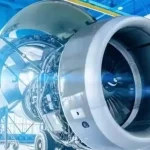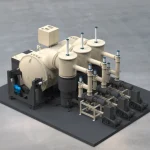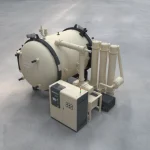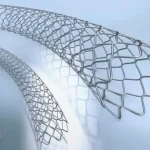The Role of Vacuum Sintering in Powder Metallurgy
1.Introduction
Powder metallurgy has become a key technology in producing high-performance components. Vacuum sintering plays a central role by improving density, strength, and overall quality, making it indispensable in industries such as automotive, aerospace, and tooling.
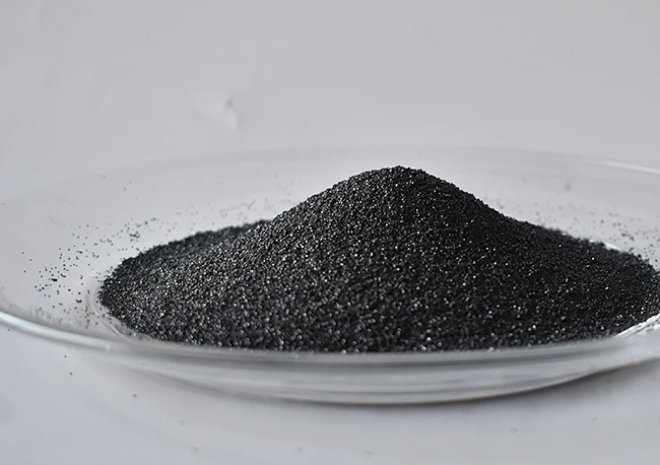
2.The Basics of Powder Metallurgy Sintering
In powder metallurgy, sintering bonds metal powders into a solid structure. Traditional sintering methods may cause oxidation or uneven microstructures, while vacuum sintering ensures a cleaner and more stable process.
3.How Vacuum Sintering Works
The vacuum furnace removes oxygen and impurities from the chamber.
Powders are heated just below melting temperature, allowing particles to bond.
Protective gases (argon, nitrogen) can be used to stabilize the atmosphere.
The result: high-density, strong, and clean components.
4.Key Benefits of Vacuum Sintering
Higher density and improved mechanical strength
Oxidation-free surfaces and enhanced corrosion resistance
Stable microstructures with excellent reproducibility
Reduced need for post-processing
Suitable for high-performance alloys and hard materials
5.Why Not All Powder Metallurgy Uses Vacuum Furnaces
Equipment cost is higher compared to conventional furnaces
Some materials may not require vacuum conditions
Longer cycle times and higher energy use in some cases
6.Vacuum Sintering vs. Conventional Sintering
Conventional sintering: risk of oxidation, lower density, limited performance
Vacuum sintering: clean process, higher density, superior mechanical properties
7.Application Scenarios
Automotive components (gears, bearings, structural parts)
Aerospace materials (turbine blades, titanium alloys)
Medical devices (implants, surgical tools)
Hard alloys and cutting tools
8.Advantages and Disadvantages
Advantages:
High density and strength
Oxidation-free process
Consistent product quality
Suitable for advanced alloys
Disadvantages:
Higher equipment and operating cost
Not always necessary for standard parts
Requires skilled operation and process control
9.Summary
Vacuum sintering is a crucial process in powder metallurgy, offering superior quality and reliability. While costs are higher, its benefits in advanced manufacturing make it the preferred choice for high-end applications.
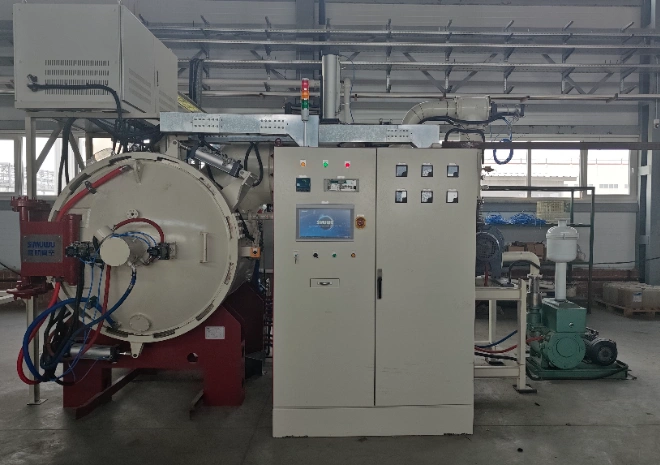
10.FAQ
Q1: What is the main advantage of vacuum sintering in powder metallurgy?
A1: It produces high-density, oxidation-free parts with superior mechanical properties.
Q2: How does vacuum sintering improve material quality?
A2: By eliminating oxygen and impurities, resulting in clean surfaces and stable microstructures.
Q3: Is vacuum sintering suitable for all powder metallurgy products?
A3: Not always. For low-performance or general parts, conventional sintering may be sufficient.
Q4: Which industries benefit most from vacuum sintering?
A4: Aerospace, automotive, medical, and tooling industries where high performance is required.
Q5: Does vacuum sintering increase manufacturing costs?
A5: Yes, but it reduces defects and post-processing, making it cost-effective for high-end applications.
